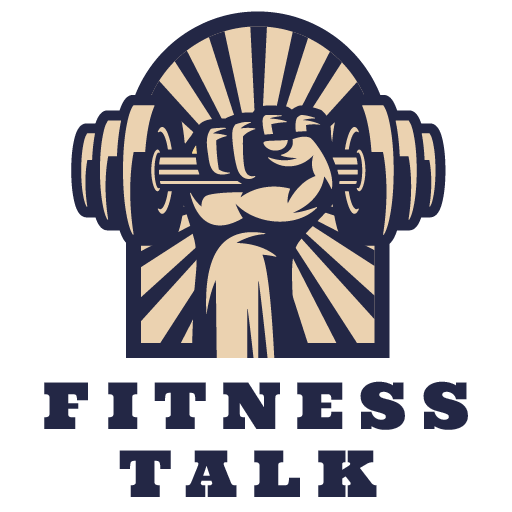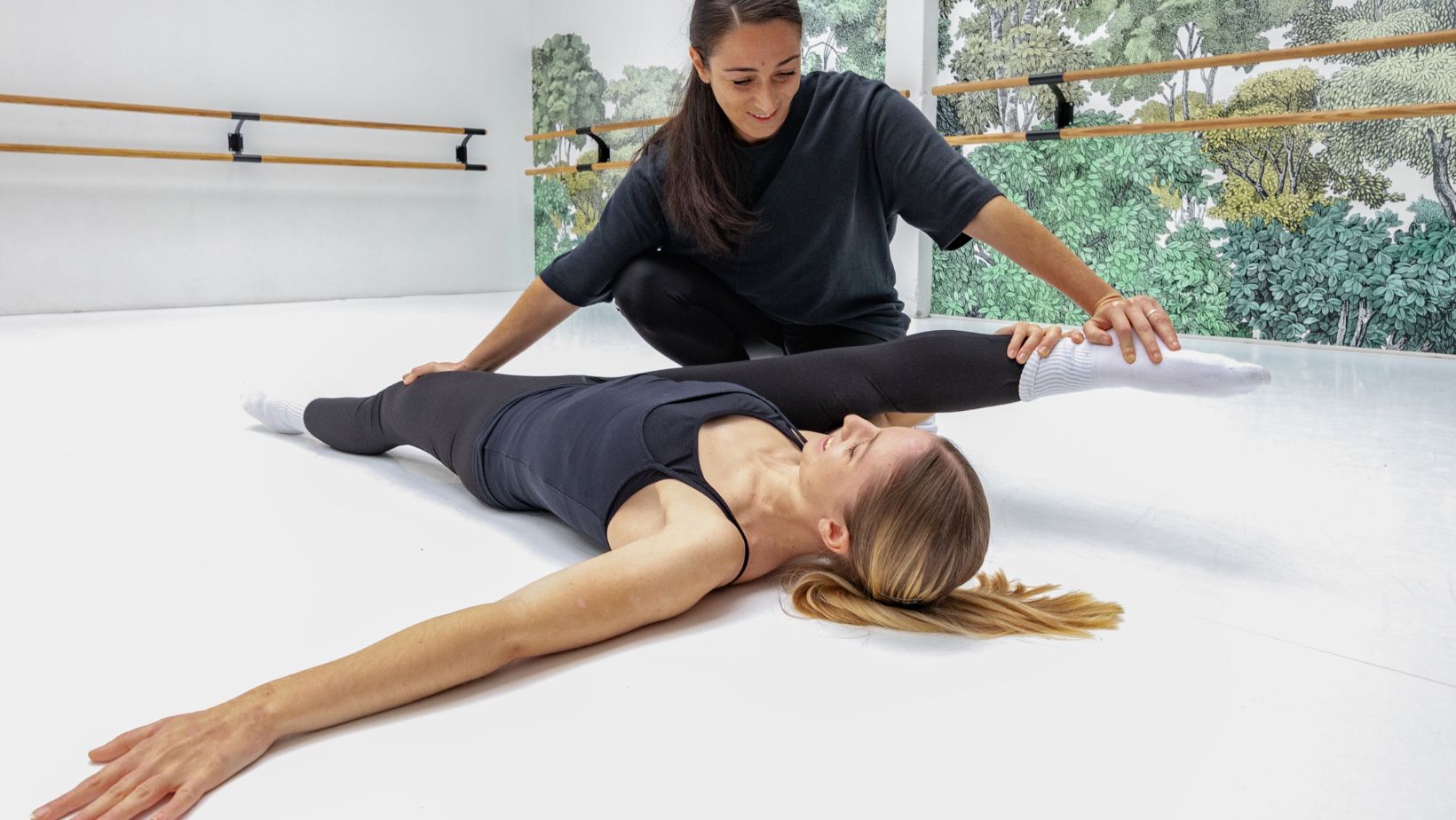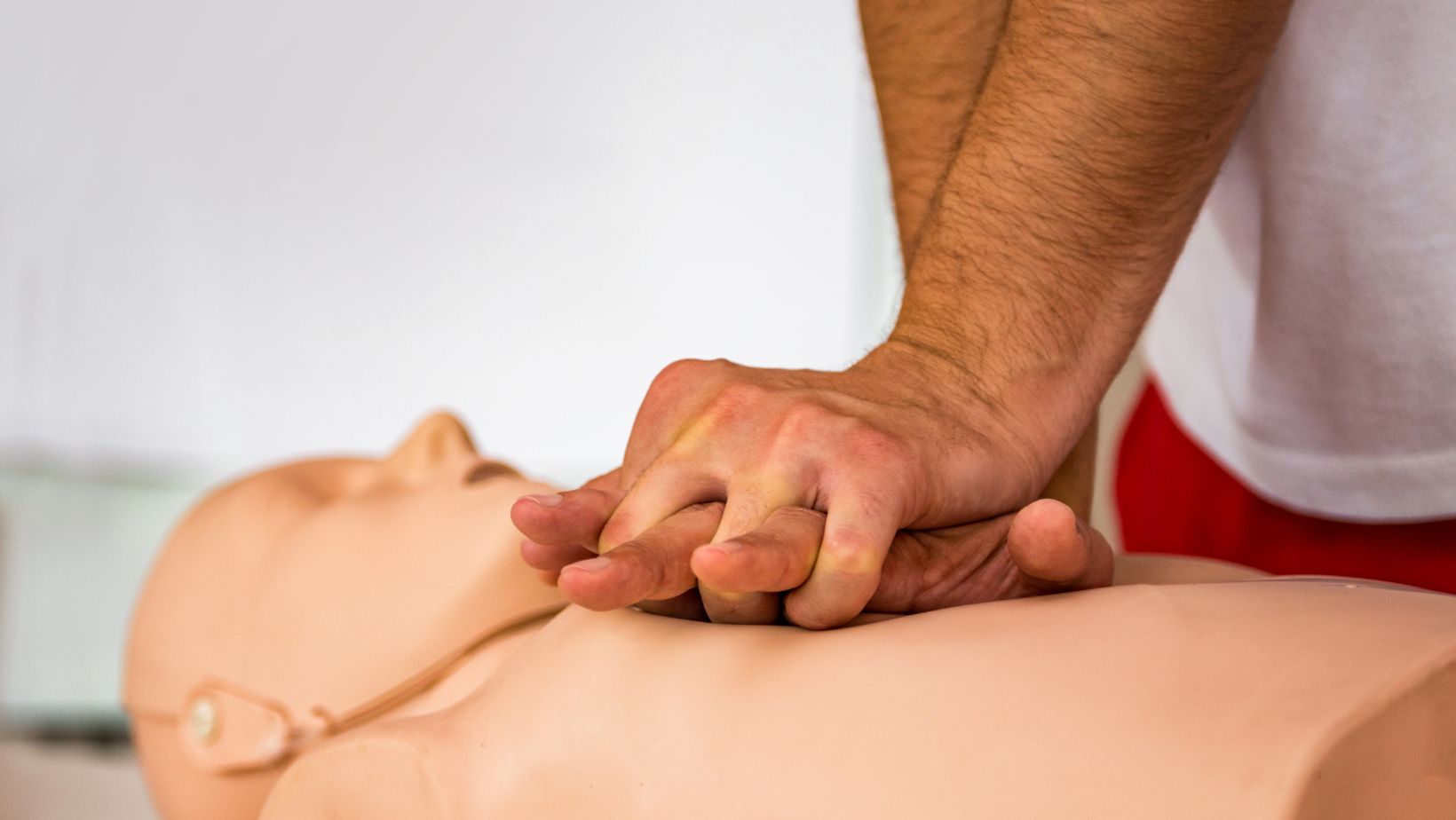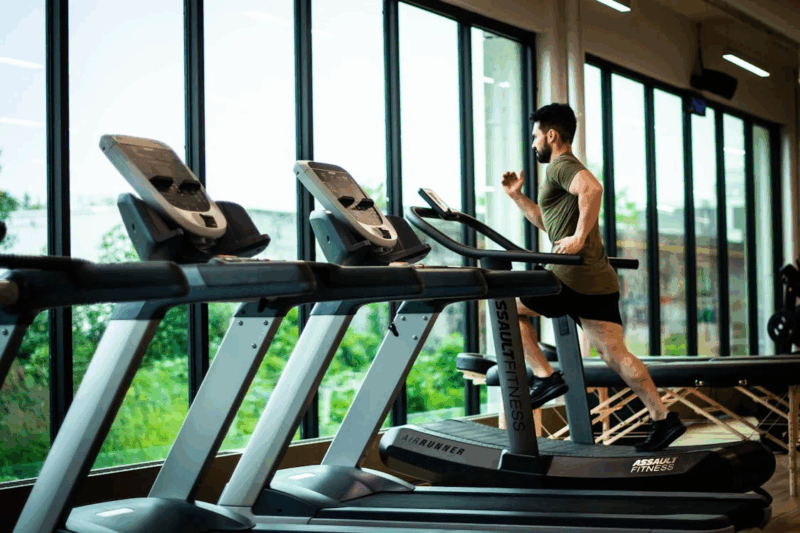
Imagine being in a packed fitness class when suddenly, someone collapses. Would you panic, or would you spring into action?
For fitness instructors, knowing lifesaving skills is not merely an asset. It is a necessity to ensure the safety and well-being of clients during emergencies. Keep on reading to learn more about the importance of lifesaving skills.
Understanding Lifesaving Skills
Lifesaving skills refer to a range of techniques that can be essential during emergencies. This could include basic first aid, administering CPR, and utilizing an automated external defibrillator (AED). Being trained in these areas not only equips you to handle unexpected situations but also builds trust with your clients, reinforcing that their safety is your priority.
Essential Lifesaving Skills for Fitness Instructors
Here are several critical skills that every fitness instructor should master:
Cardiopulmonary Resuscitation (CPR)
CPR helps keep blood flowing when someone’s heart stops. Learning how to check for breathing, call emergency services, and give chest compressions can save lives.
First Aid Basics
Know how to treat small injuries, like cuts and bruises. This helps prevent infections and complications. Recognizing serious issues, like broken bones or allergic reactions, ensures quick and proper care.
Automated External Defibrillator (AED) Usage
AEDs can restart a heart that has stopped beating correctly. Understanding how to use one in an emergency can mean the difference between life and death.
Choking Relief Maneuvers
If someone cannot breathe because of a blocked airway, quick action is necessary. Using the Heimlich maneuver or back blows can remove the obstruction and prevent suffocation.
Recognition of Serious Conditions
Some health problems need fast treatment to avoid lasting harm. Spotting warning signs of heart attacks, strokes, or heat exhaustion can help you get help before it’s too late.
Why Lifesaving Skills Are Essential
In the fast-paced environment of gyms and fitness classes, emergencies can arise at any time. Statistics show that about 356,000 out-of-hospital cardiac arrests occur annually in the United States, and prompt action can significantly increase an individual’s chances of survival. Hence, instructors must be prepared.
Moreover, in tight-knit communities such as those found in boutique fitness studios or local gyms, the relationship between instructors and clients often transcends the traditional training dynamic. By being proficient in lifesaving skills, you demonstrate a commitment to your clients’ health that goes beyond workout routines.
How to Get Started
If you’re ready to enhance your skill set, consider the following steps:
- Enroll in certified training courses
- Participate in periodic refreshers
- Apply for workshops on AED training
- Engage in scenario-based training
Empower Yourself and Others
Being equipped with lifesaving skills empowers you to act decisively during emergencies. Instructors hold the responsibility for not just fitness, but also the overall safety of their clients. In doing so, you promote a culture of safety in fitness that fosters trust and engagement among community members. Check out sites like MyCPR NOW if you’re interested in learning more.
Invest in Your Lifesaving Skills Today
Teaching a class is more than just guiding exercises. It also means keeping everyone safe. Groups like the American Heart Association offer training to help instructors handle emergencies. Learning the lifesaving skills now can make a big difference later. When you know what to do, your clients feel safer and more supported.
For more related topics, check out the rest of our blog!













